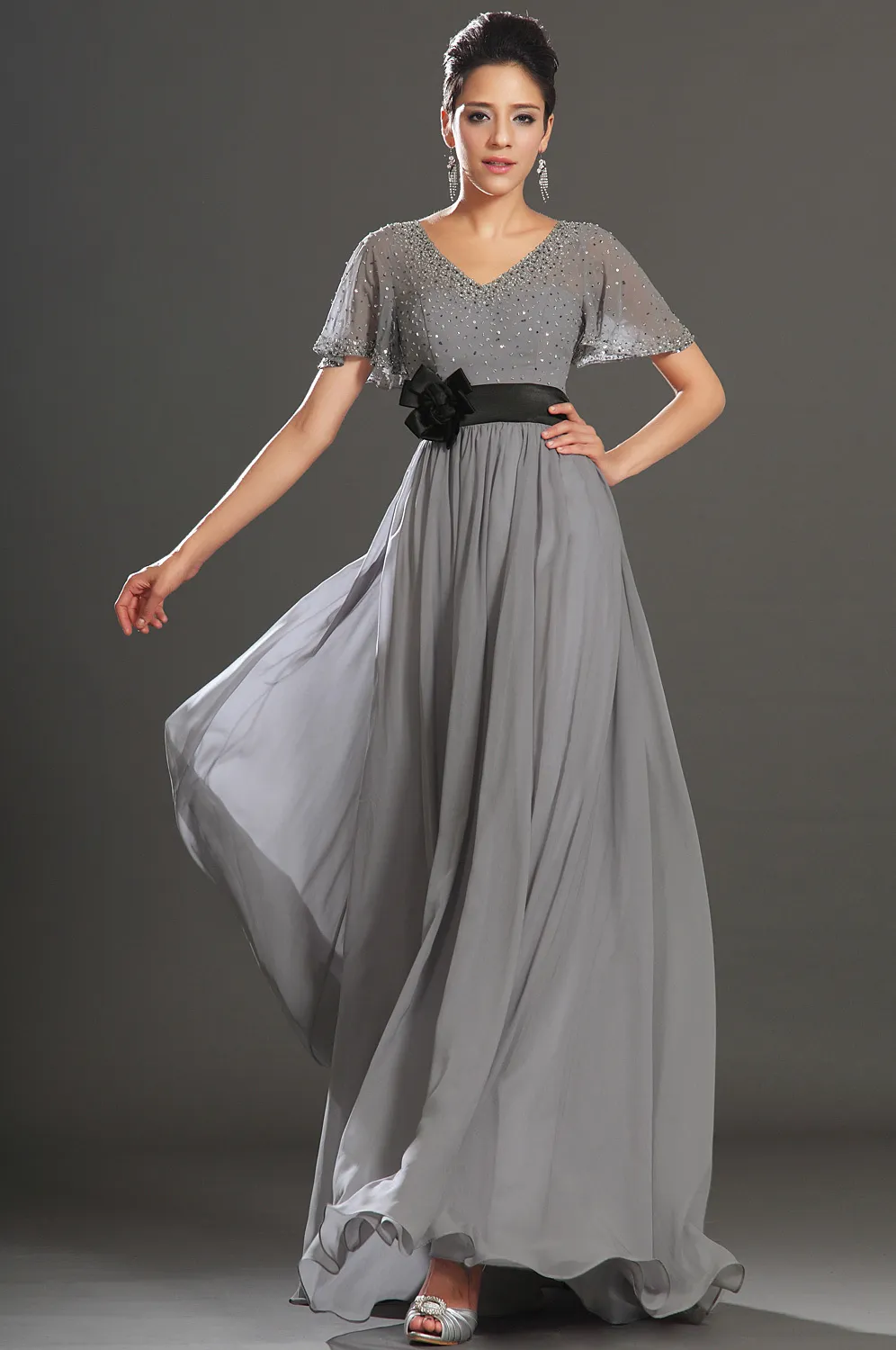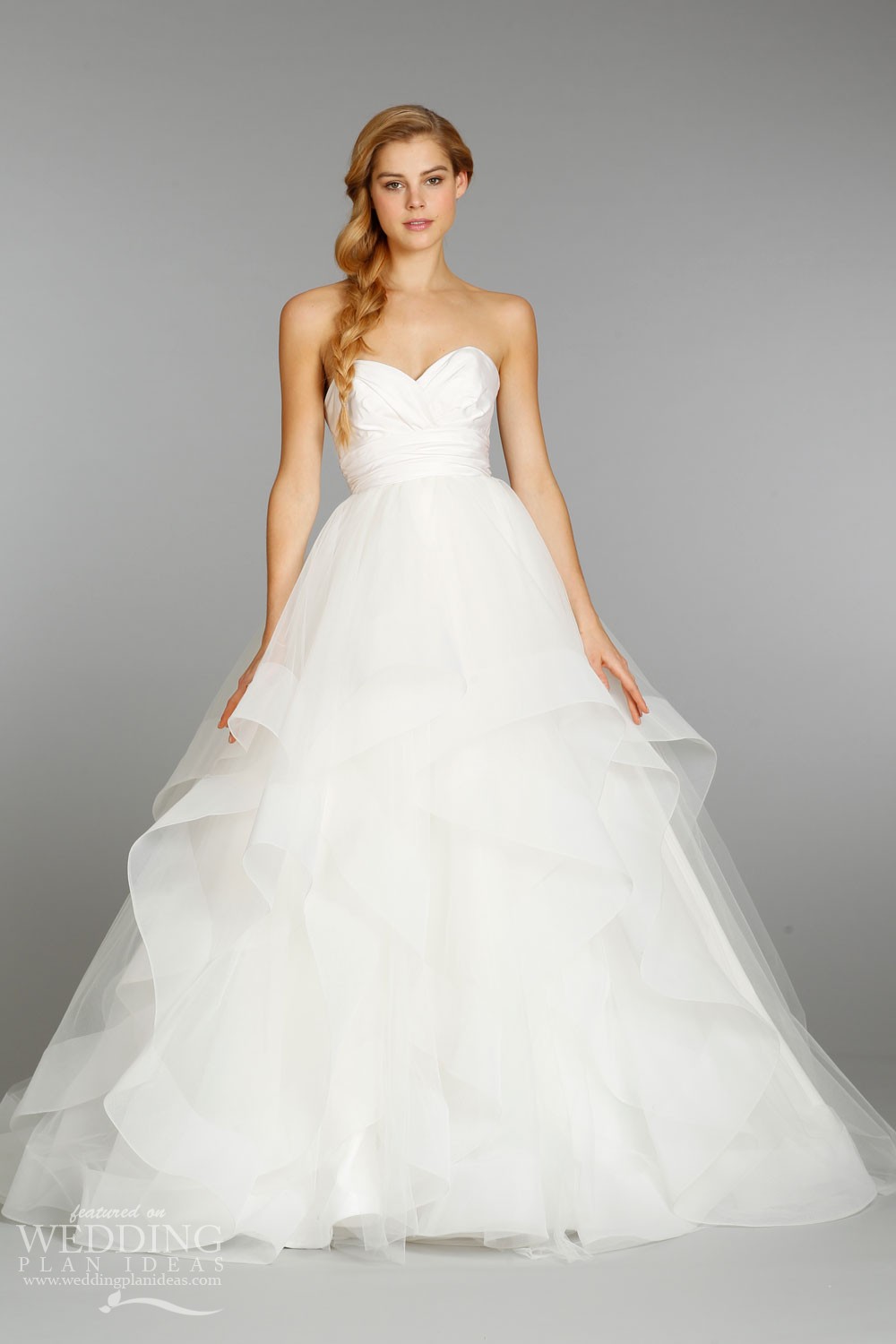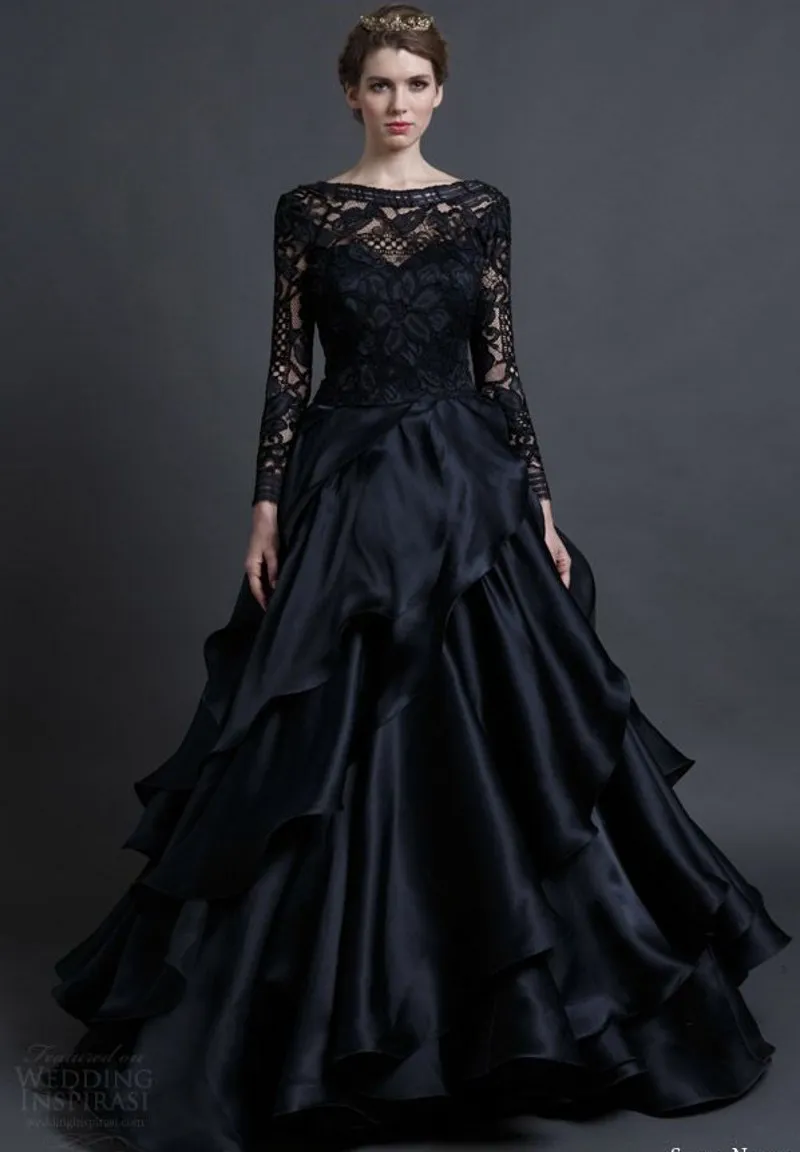Formal Dresses

- Floor-length gowns: These are the most formal option for wedding guests. They can be made from a variety of fabrics, such as satin, chiffon, or lace, and can feature a variety of embellishments, such as beading, embroidery, or sequins.
- Tea-length dresses: These dresses fall just below the knee and are a more casual option than floor-length gowns. They are a good choice for summer weddings or weddings held in more casual settings.
- Cocktail dresses: These dresses are typically shorter than tea-length dresses and fall just above the knee. They are a good choice for weddings that are held in the evening or for weddings that have a more festive atmosphere.
Semi-Formal Dresses

- Maxi dresses: These dresses are similar to floor-length gowns, but they are made from more casual fabrics, such as cotton or linen. They are a good choice for weddings that are held in the summer or for weddings that are held in more casual settings.
- Midi dresses: These dresses fall just below the knee and are a more casual option than maxi dresses. They are a good choice for spring or fall weddings or for weddings that are held in more casual settings.
- Shift dresses: These dresses are typically simple and unadorned, and they fall just above the knee. They are a good choice for weddings that are held in the summer or for weddings that have a more casual atmosphere.
Casual Dresses

- Sundresses: These dresses are made from lightweight fabrics, such as cotton or linen, and they are typically sleeveless. They are a good choice for summer weddings or for weddings that are held in more casual settings.
- Floral dresses: These dresses are typically made from lightweight fabrics and feature a floral print. They are a good choice for spring or summer weddings or for weddings that are held in more casual settings.
- Wrap dresses: These dresses are made from a variety of fabrics and can be dressed up or down, making them a good choice for a variety of wedding styles.Dresses For Weddings
Executive Summary
Dressing for a wedding can be a daunting task, but it doesn’t have to be. With so many different styles and options to choose from, it’s important to do your research and find a dress that makes you feel beautiful and confident. In this article, we’ll provide you with all the information you need to choose the perfect wedding dress, from finding the right style to accessorizing your look.
Introduction
When it comes to dressing for a wedding, there are a few things to keep in mind. First, consider the formality of the event. A black-tie wedding will require a more formal dress than a casual outdoor wedding. Second, think about the season and location of the wedding. If the wedding is taking place in the summer, you’ll want to choose a light and airy dress. If the wedding is taking place in the winter, you’ll want to choose a dress that will keep you warm.
FAQs
- What are the different types of wedding dress styles?
There are many different types of wedding dress styles to choose from, including ball gowns, A-line dresses, mermaid dresses, and sheath dresses. - What are the most popular wedding dress colors?
The most popular wedding dress colors are white, ivory, and champagne. - How do I find the right size wedding dress?
It is important to find a wedding dress that fits you well. You should be able to move around comfortably and breathe easily in your dress.
Top 5 Subtopics
1. Choosing the Right Style
The first step in choosing a wedding dress is to find a style that flatters your figure and personality. If you’re not sure what style to choose, consider your body type and personal style. For example, if you have an hourglass figure, you might look great in a mermaid dress. If you have a more casual style, you might prefer a simple A-line dress.
-
Body Type
- Hourglass figure: A mermaid dress or a fit-and-flare dress will accentuate your curves.
- Pear shape: An A-line dress or an empire waist dress will balance your hips and shoulders.
- Apple shape: An empire waist dress or a wrap dress will camouflage your stomach and accentuate your bust.
- Rectangle shape: A ball gown or a trumpet dress will create curves and add volume to your figure.
-
Personal Style
- Classic: A white or ivory ball gown with a lace overlay or a satin A-line dress.
- Romantic: A blush or champagne A-line dress with floral lace or a tulle skirt.
- Modern: A sleek sheath dress or a lace mermaid dress with a low back.
- Bohemian: A flowy A-line dress with lace or embroidery or a maxi dress with a floral print.
2. Finding the Right Size
It is important to find a wedding dress that fits you well. You should be able to move around comfortably and breathe easily in your dress. The best way to find the right size is to get measured by a professional seamstress. The seamstress will take your measurements and help you find a dress that fits you perfectly.
- Bust: The seamstress will measure your bust around the fullest part of your chest.
- Waist: The seamstress will measure your waist at the smallest part of your waist.
- Hips: The seamstress will measure your hips at the widest part of your hips.
- Length: The seamstress will measure your length from the top of your shoulder to the hem of your dress.
3. Choosing the Right Fabric
The fabric of your wedding dress will affect the look and feel of your dress. There are many different types of fabrics to choose from, including silk, satin, lace, and tulle.
- Silk: Silk is a luxurious fabric that is known for its soft and smooth texture.
- Satin: Satin is a shiny fabric that is known for its smooth and silky texture.
- Lace: Lace is a delicate fabric that is often used to create intricate designs.
- Tulle: Tulle is a sheer fabric that is often used to create voluminous skirts.
4. Accessorizing Your Look
Once you’ve chosen your dress, it’s time to start thinking about accessories. Accessories can help you to personalize your look and add a touch of glam. There are many different types of accessories to choose from, including jewelry, shoes, and veils.
- Jewelry: You can choose to wear a variety of jewelry with your wedding dress, such as a necklace, earrings, and bracelet.
- Shoes: Your shoes should be comfortable and stylish. You can choose to wear heels, flats, or sandals.
- Veil: A veil can add a touch of elegance to your look. You can choose to wear a long or short veil, or you can even go without a veil.
5. Last-Minute Tips
- Get a second opinion: Ask a friend or family member to give you their opinion on your dress before you buy it.
- Break in your shoes: Wear your shoes around the house for a few hours before the wedding to break them in.
- Bring a sewing kit: Bring a sewing kit with you on the day of the wedding in case of any wardrobe emergencies.
- Relax and enjoy your day: The most important thing is to relax and enjoy your wedding day. Don’t stress about the small stuff, and just focus on having a good time.
Conclusion
Choosing the perfect wedding dress is a big decision, but it doesn’t have to be stressful. By following these tips, you can find a dress that makes you feel beautiful and confident. With the right dress, you’ll be able to enjoy your wedding day to the fullest.
Keyword Tags
- wedding dresses
- wedding dress styles
- wedding dress sizes
- wedding dress fabrics
- wedding dress accessories






